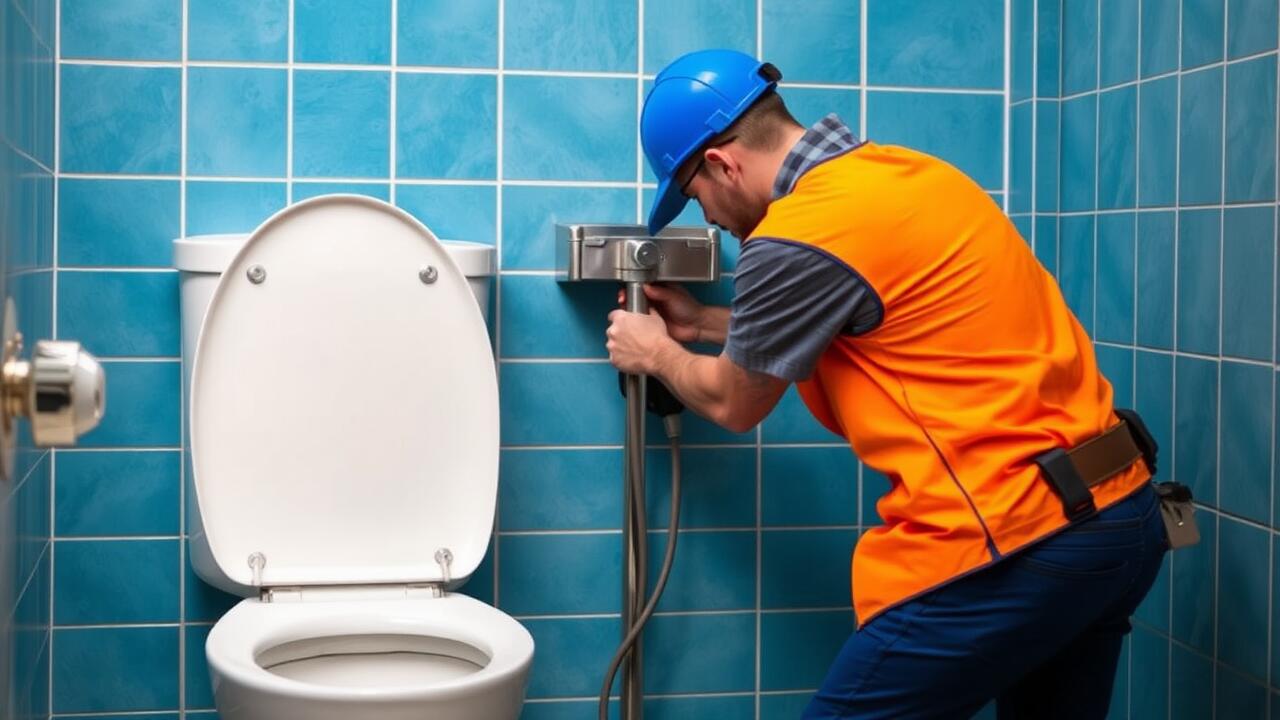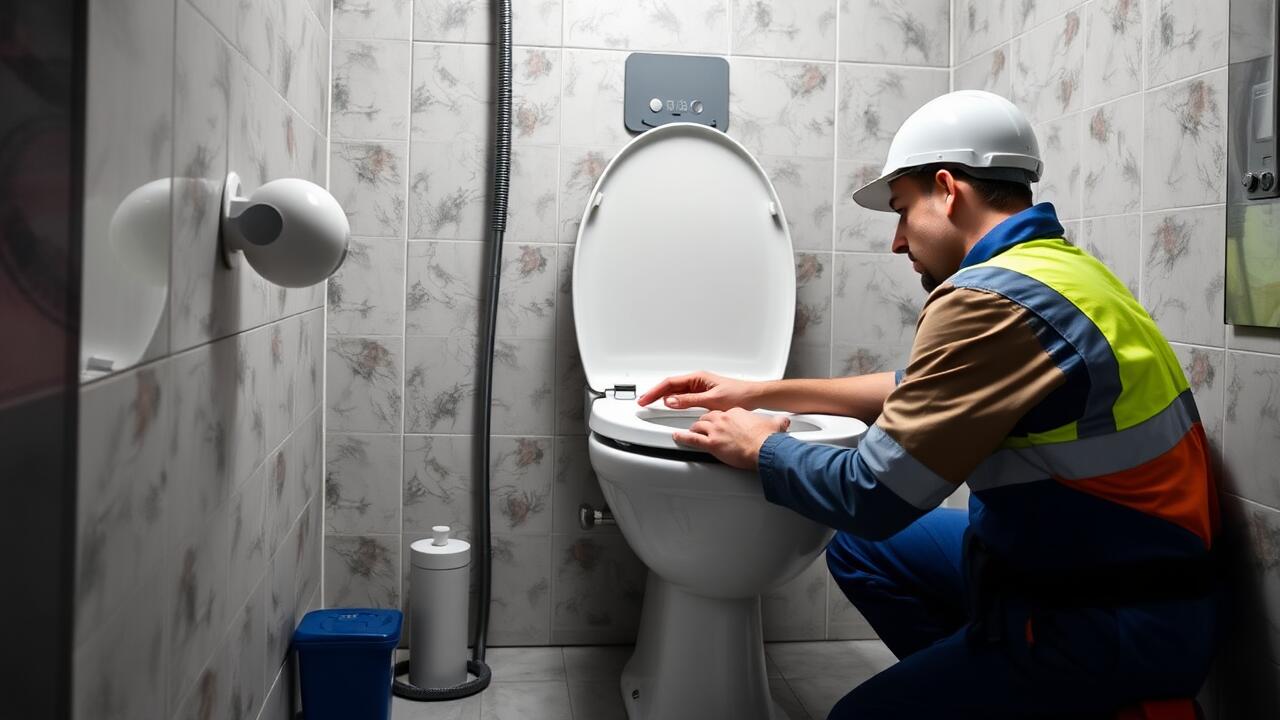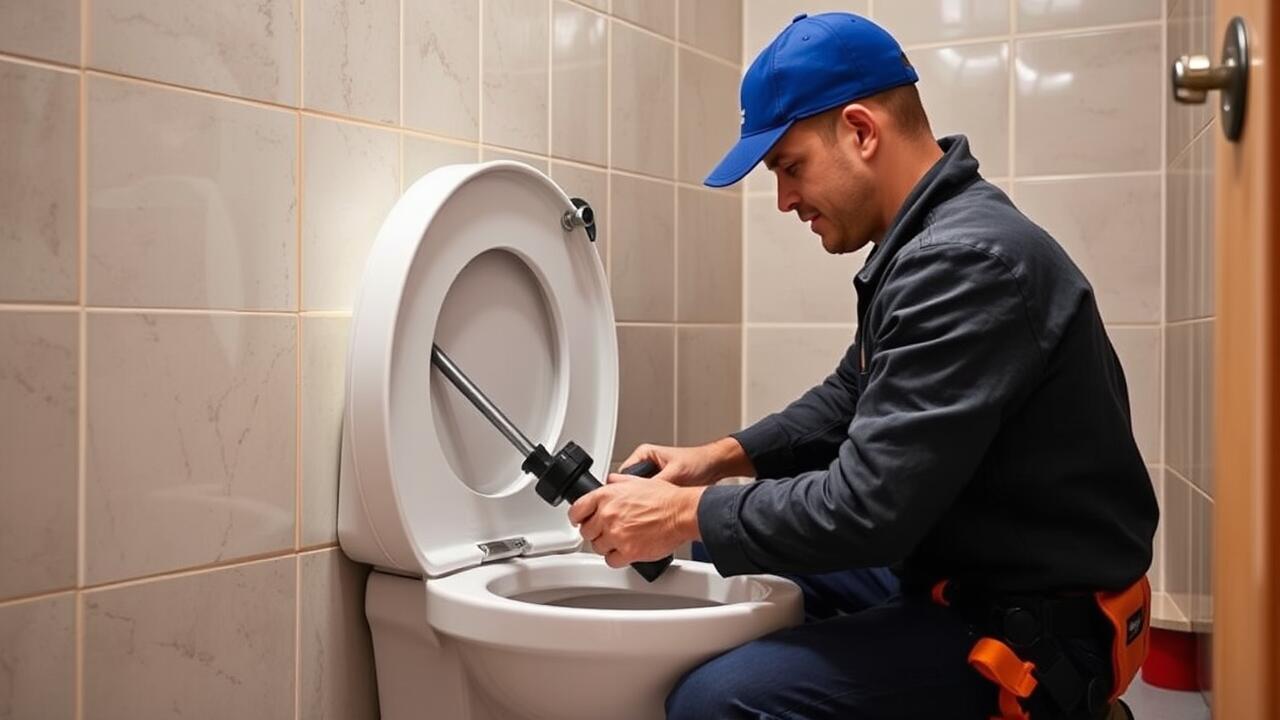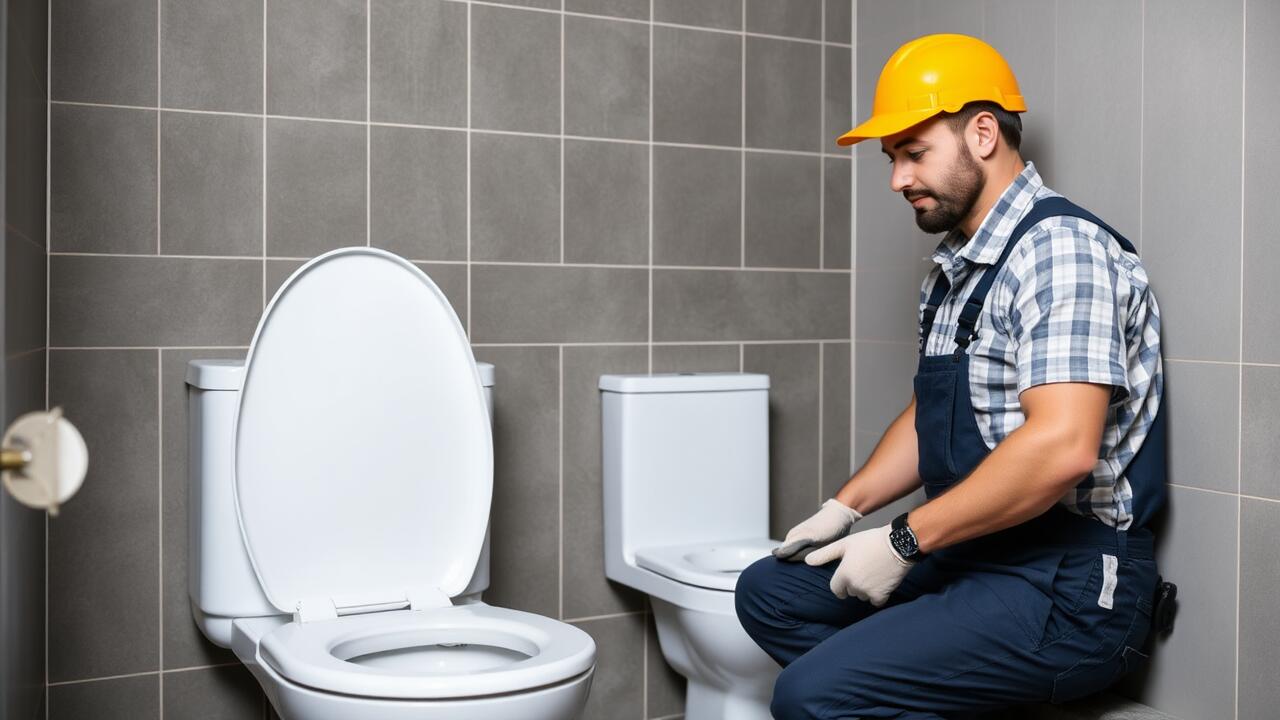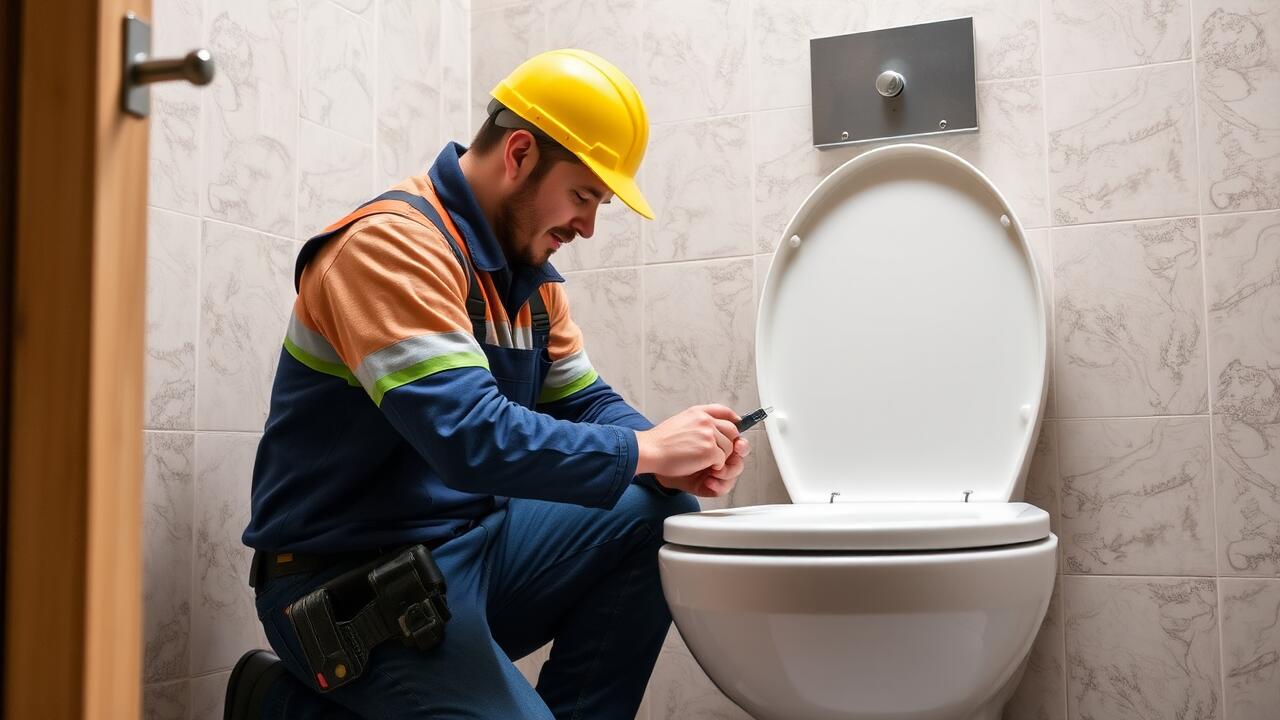
Checking for Stability
A stable toilet is essential for both functionality and safety. To check for stability, first ensure that the toilet is securely fastened to the floor. Utilize a level to confirm that the toilet sits evenly, as any tilt may indicate improper installation. Applying gentle pressure on the bowl can help assess if it rocks or shifts. A properly installed toilet should feel solid without any movement when force is applied.
In Encino, Los Angeles, toilet installation involves specific practices to enhance stability. Tighten the bolts that secure the toilet to the floor without overtightening, which can crack the porcelain. If the toilet still feels unstable, consider using shims to correct any discrepancies between the base and the floor. These shims can provide additional support and help achieve a level surface, ensuring that the toilet remains secure during use.
How to Test for Proper Installation
To ensure that your toilet is properly installed, begin by checking its stability. A securely installed toilet should not rock or wobble when you sit on it. Place your hands on either side of the toilet and gently rock it back and forth. If it shifts at all, you may need to adjust the flange or tighten the mounting bolts. In areas like Encino, Los Angeles, toilet installation can be trickier due to varying subfloor conditions. It's crucial to have a good foundation for the toilet to sit evenly.
After checking for stability, inspect the base of the toilet for any signs of leaks. Look for water pooling around the edges or dampness on the floor. Leaks can indicate that the wax seal is not properly seated or that the bolts are loose. If you notice any issues, take immediate steps to address them. Regular checks following a new installation can help prevent more significant problems down the line. Remember, proper installation in Encino, Los Angeles, toilet installation may require additional local factors to consider, such as plumbing codes or environmental conditions.
Inspecting for Leaks
Inspecting for leaks is a crucial step in ensuring your toilet is installed correctly. Start by examining the base of the toilet where it meets the floor. Any signs of water pooling or moisture can indicate a faulty wax seal or loose connections. Pay attention to the area around the water supply line as well. A damp or wet surface could suggest problems with the valve or the hose that need immediate attention.
If you discover any leaks during your inspection, addressing them promptly is essential. Tightening connections can often resolve minor issues, while more significant leaks may require replacing the wax seal or the supply line. Homeowners in Highland Park, Los Angeles, should be especially diligent about these checks, as improper installation can lead to further complications, including mold growth or water damage. Regular maintenance and inspections will ensure your toilet functions effectively and remains leak-free.
Common Signs and How to Address Them
When inspecting a newly installed toilet, one common sign of potential issues is water pooling around the base. This phenomenon suggests that there may be a faulty wax seal or loose connection. Homeowners in the Encino, Los Angeles area should promptly address this problem to prevent water damage and mold growth. A thorough inspection of the wax ring and the bolts securing the toilet can help identify the source of the leak and ensure a secure fit.
Another indicator of improper installation is wobbling when using the toilet. If the toilet rocks back and forth, this instability can lead to future leaks and other complications. It’s essential to check that the toilet is leveled properly. If necessary, shimming the base or tightening the bolts can help stabilize it. Those who have recently gone through toilet installation in Encino, Los Angeles, should take these signs seriously to maintain functionality and comfort in their bathrooms.
Adjusting the Toilet Height
Toilet height can greatly impact user comfort and functionality. If the toilet feels too low or too high, adjustments may be necessary to meet the needs of the household. Standard toilets usually range from 14 to 15 inches in height, but comfort height toilets are often around 16 to 17 inches. When adjusting, consider the average height of users and any special needs. The right height contributes to a more comfortable experience and can prevent unnecessary strain on the knees and hips.
For proper adjustments, start by checking the flange height, ensuring it is level and secure. You may need to use spacers if the flange is too low, or risers if it is too high. When engaging in Encino, Los Angeles Toilet installation, it's important to follow local plumbing codes as they may specify height requirements. After adjustments, always test the stability of the toilet to ensure it is adequately secured.
Tips for Optimal Comfort and Function
When considering the optimal comfort and function of your toilet, height is an essential factor. Standard toilet heights can vary, but many homeowners are opting for comfort height models, which are about two inches taller than standard toilets. This design can make sitting down and standing up easier for people of all ages. If your toilet was installed in an area frequented by individuals with mobility challenges, selecting a stool that accommodates their needs can enhance overall user experience.
Another key aspect to consider is the distance between the toilet and adjacent fixtures. Ensuring there is adequate space around the toilet can prevent discomfort and improve accessibility. When planning for Highland Park, Los Angeles toilet installation, take into account both the layout of your bathroom and the preferences of its users. A thoughtful arrangement will optimize comfort and make daily use more pleasant for everyone.
FAQS
What are the signs that a toilet is installed correctly?
A properly installed toilet will be stable without wobbling, flush efficiently without clogs, and show no signs of leaks around the base or connections.
How can I check the stability of my toilet?
To check stability, gently rock the toilet side to side. If it moves, it may not be installed correctly. Ensure that the mounting bolts are tightened and that the toilet is sitting flat on the floor.
What should I look for to inspect for leaks?
Look for water pooling around the base of the toilet or any moisture on the floor. Additionally, check the connections between the tank and bowl as well as the water supply line for any signs of leakage.
How can I adjust the height of my toilet for comfort?
If your toilet height isn’t comfortable, consider using a taller toilet or adding a toilet riser. Make sure the toilet is securely fastened after any adjustments to prevent instability.
What are some common mistakes when installing a toilet?
Common mistakes include not tightening the bolts enough, failing to properly seal the wax ring, and neglecting to check for leaks after installation. Always double-check your work to ensure everything is secure and leak-free.
